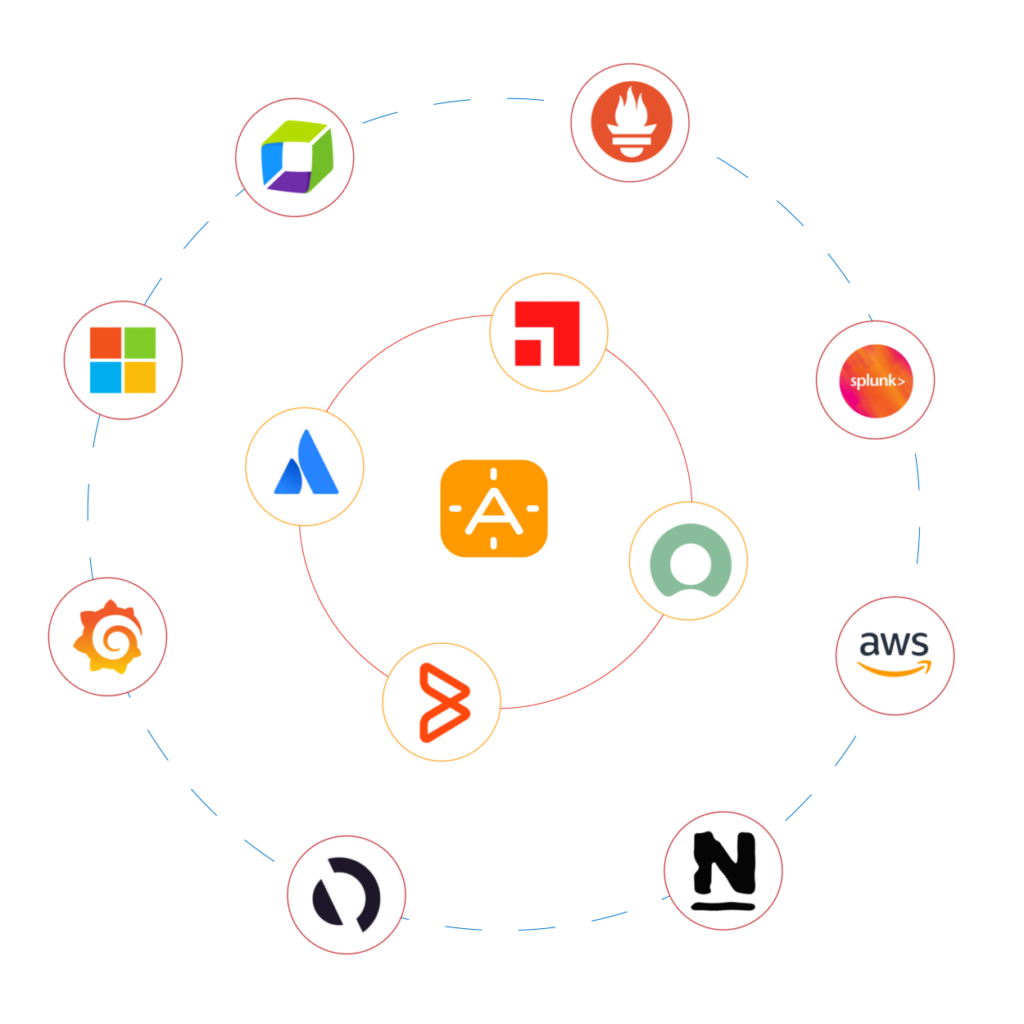Data loss can cause big problems for managed service providers (MSPs) and their customers. With an MSP backup and disaster recovery (BDR) solution in place, MSPs can guard against data loss following a cyber attack, hardware failure, or any other IT incident.
What Is an MSP Backup and Disaster Recovery Solution?
An MSP BDR solution helps a service provider and its customers maintain business continuity after an IT incident. The solution ensures data is backed up in a secure location and remains easily accessible to authorized users. As such, a BDR solution helps MSPs minimize IT incident data loss. It also enables MSPs to quickly recover data following an incident, so service providers and their customers can avoid long-lasting business interruptions.
Along with a BDR solution, MSPs need a plan designed to restore lost data after IT incidents. This plan encompasses various tools and methodologies that ensure lost MSP or customer data is backed up, recoverable, and secure. In addition, the plan should ensure that an MSP can remain confident in the services it provides — to the point where a service provider can rest assured that its own data and its customers’ data remain safe and accessible 24/7.
Bolster Your MSP Backup and Disaster Recovery Plan
An MSP Backup and Disaster Recovery Plan can help a service provider improve its existing services and grow its operations. To implement a successful MSP BDR plan or improve your existing strategy, you can:
1. Leverage Multiple Backup Options
Integrate onsite, offsite, and cloud backups into your BDR plan. These backups ensure you can leverage multiple sources to seamlessly recover lost data.
Onsite backups are ideal for simple recovery tasks. They can be stored on hard drives or other in-house storage devices and provide immediate access to data. Plus, onsite backups are usually inexpensive in comparison to other types of backup options, and you typically don’t need an internet connection to access them.
Offsite backups are great to streamline data recovery if onsite infrastructure is wiped out. They include cloud and third-party options that provide data security and integrity. Offsite backups often ensure data is automatically backed up at regular intervals, too.
Hybrid backups are also available. A hybrid backup blends onsite and offsite options and automates the backup process. It can back up each production server as a virtual machine (VM) image, recover lost files and systems, and provide advanced data protection.
It helps to learn as much as possible about different backup options and how they can help you manage and secure your data. With this approach, you can determine if onsite, offsite, or a combination of the two is the best option to protect you and your customers against data loss.
2. Use Remote Monitoring and Management (RMM) Tools
RMM tools let you monitor and access data backups at any time. You can use these tools to create and run backup tasks and track their progress. Also, RMM tools empower you to identify and address any backup issues in their early stages.
You can use RMM tools in combination with AlertOps as well. By integrating an RMM tool’s API with our incident alerting platform, you can escalate backup issues, set up triggers to alert end-users about incidents, and monitor post-mortem data. As a result, you can leverage an RMM tool and AlertOps to simultaneously guard against backup issues and improve your incident management and response capabilities.
3. Use the 3-2-1 Approach
A 3-2-1 approach to BDR involves the following steps:
- Create 3 copies of your data. Since an IT incident can compromise your primary data source and your backup, establish at least 3 copies of your data.
- Leverage 2 types of storage media. Use 2 or more types of storage media and keep them in different locations.
- Choose at least 1 offsite backup. Keep at least one of your backups offsite and ensure your system administrators can easily access it.
The 3-2-1 approach minimizes risk, due to the fact that you can maintain multiple data backups in multiple locations. By using this approach, you are well-equipped to speed up data recovery for you and your customers.
4. Prioritize Disaster Recovery
There is no telling when an earthquake, hurricane, or any other natural disaster will occur that temporarily derails your IT infrastructure. If you back up your data with disaster recovery top of mind, you can prevent long-lasting interruptions for you and your customers following disasters.
A programmatic approach to disaster recovery is key. Initially, consider what data you need to back up and how you can effectively do so. You can then identify the tools, technicians, and response processes necessary to develop and launch a successful BDR plan.
There are many factors to consider relating to your BDR plan as well. These include:
- Recovery Technologies: Ensure you can back up and recover data for all systems across your organization and customer base.
- Third-Party Support: Leverage third-party tools as part of your BDR efforts and maintain a list of all third-party vendors you use and their contact information.
- Recovery Time Objective (RTO): Establish a time frame for how quickly you want to be able to restore lost data following a disaster; this time frame can serve as a baseline for your RTO.
- Recovery Protocols: Establish protocols that define the roles and responsibilities of stakeholders who are involved in disaster recovery. With AlertOps, you can establish custom escalation rules and templates to automatically send alerts and escalate them to appropriate stakeholders.
- Recovery Testing: Conduct periodic tests and mock disaster scenarios to confirm recovery systems and practice recovery processes.
AlertOps can help you integrate our incident alerting platform into your MSP Backup and Disaster Recovery plan. With our support, you can guard against data loss for you and your customers and speed up incident response and recovery.




